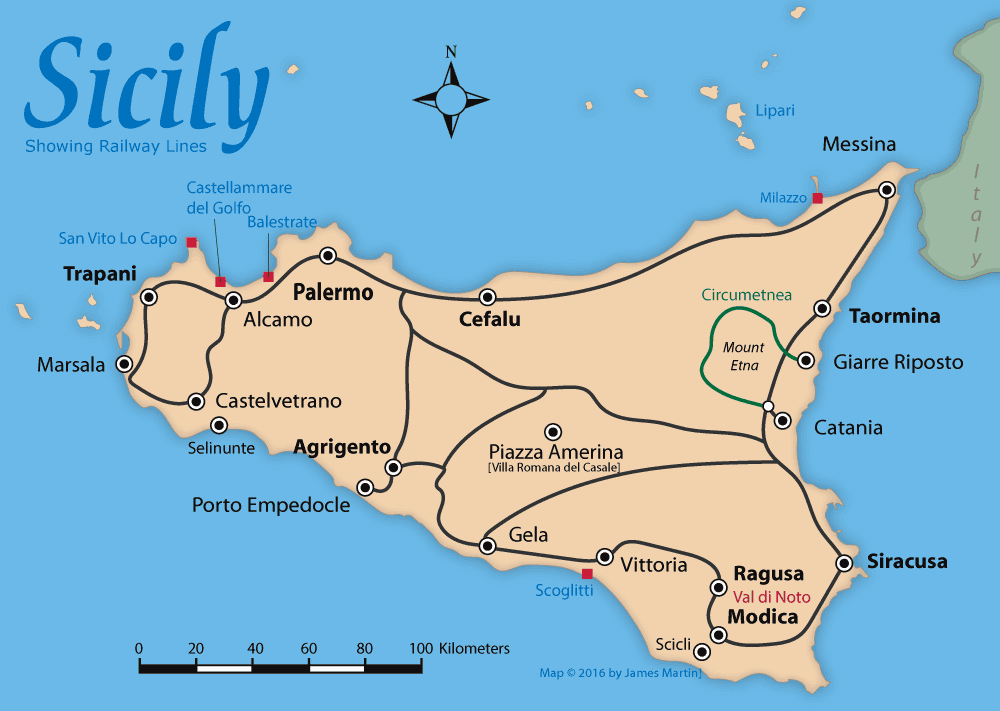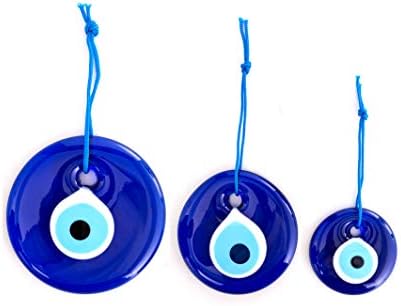GC General Chat
Hier kun je praten over van alles en nog wat. Eigenlijk alles wat niet in een van de andere rubrieken thuishoort.



Best wel apart..
Maar ook weer niet heel apart gezien de Mafia dit soort composities 'zou' kunnen maken.
Maar ook weer niet heel apart gezien de Mafia dit soort composities 'zou' kunnen maken.


Want zij hebben hun vlag niet op de vlag van Nazi-Duitsland gebaseerd inderdaad.quote:
With my pack on my back, down the road I will stray.


https://en.m.wikipedia.org/wiki/Triskelionquote:Op dinsdag 8 juni 2021 20:49 schreef ikbennieuwopfok het volgende:
[ afbeelding ]
Is er een verband met de vlag van Isle of Man?


Heeft wel iets demonisch inderdaad.
Appletje-Ez houdt van soep
Shine sight on the eternal darkness of the shadow people!
Shine sight on the eternal darkness of the shadow people!


Dat vrouwenhoofd met die slangen als haar is Medusa.
https://historianet.nl/ma(...)t-medusa-slangenhaar
https://historianet.nl/ma(...)t-medusa-slangenhaar


Google: " three legged swastika".
Ik dacht ff googlen, lees maar isle of man staat er ook bij.
Zo weer wat geleerd
Ik dacht ff googlen, lees maar isle of man staat er ook bij.
Zo weer wat geleerd


Wel fijn dat ze de mooiste schaal bij mij gebruikt hebben met mijn 30 mm.quote:Op woensdag 9 juni 2021 09:21 schreef herverwijderd het volgende:
Model was zeker een Fokker, met z'n derde been.


Meer specifiek..quote:Op dinsdag 8 juni 2021 23:31 schreef christmastsunami het volgende:
Dat vrouwenhoofd met die slangen als haar is Medusa.
https://historianet.nl/ma(...)t-medusa-slangenhaar
The symbol is known as Trinacria, a Greek word that means ‘three pointed;’ it recalls the shape of the island, which resembles a triangle. Trinacria was the earliest known name of the island of Sicily.
interessant
Verklaart 50%
Over Medusa en het eiland
The head refers to Greek mythology, it is said to be Medusa, a gorgon (monstrous creature) with a head of snakes, a beautiful woman seducing men who, upon looking at her, were turned into stone. In the past, it was customary to place a trinacria behind the home’s door as a symbol of protection for the house - the Medusa would have turned to stone whoever wanted to hurt the family living inside.
The hair on the head of the gorgon is a snake intertwined with stalks of wheat, to which three legs bent at the knee are attached. The arrangement of the three legs refers to Eastern religious symbolism. The three legs represent the three capes of the island of Sicily: Peloro (north-east), Passero (south), and Lilibeo (west), which form the three points of a triangle.
The three stalks of wheat were added in Roman times, when Sicily was a major wheat provider of the Roman empire; overall, they symbolize the fertility and prosperity of the region.
The oldest known representation of the Trinacria is a terracotta vase housed in the Archeological Museum of Agrigento.
De herkomst in het gebruik van Medusa op de Trinacria is vergelijken met dat van het blauwe amulet wat nog veel gebruikt wordt om het boze oog af te weren in Oost Europa en delen van Azië.
Nu zal het vroeger wel wat meer "nodig" geweest zijn. Je had toen geen politie en huizen waren zo goed als niet beveiligd. Dus geloven dat zo'n amulet of Medusa wat zou kunnen doen is meer dan niets als potentiele inbrekers, moordenaars en verkrachters tenminste ook streng bijgelovig waren.
Volgens mij hadden we in Nederland ook een bescherming tegen t boze oog maar is die traditie zo goed als verdwenen.
[ Bericht 2% gewijzigd door Beathoven op 09-06-2021 13:20:13 ]
|
|





